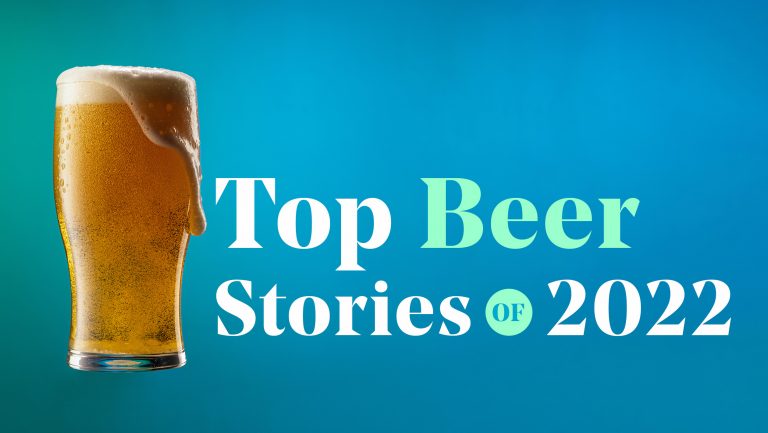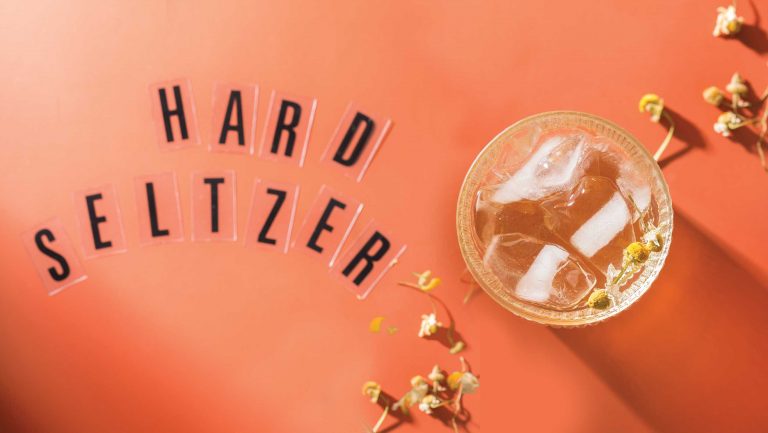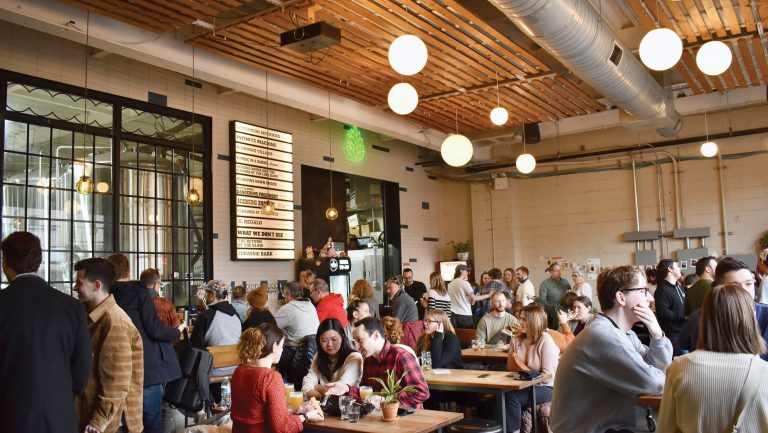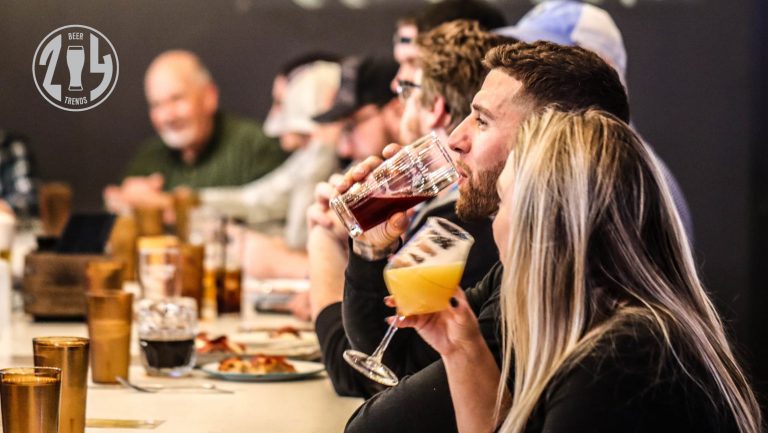Innovation was a common theme among SevenFifty Daily’s top beer stories this year, whether it was brewers using a Norwegian farmhouse yeast to speed up lager production or the wave of breweries getting into the cannabis drinks game. And while readers were intrigued by the myriad methods for crafting a wide range of sour beers, it was the science of non-alcoholic beer production that topped our list of popular beer stories in 2022.
5. Why Breweries Are Moving Into the Cannabis-Infused Drinks Market
As recreational cannabis laws change rapidly across the U.S., breweries are using their existing infrastructure and experience to create drinks with a different buzz
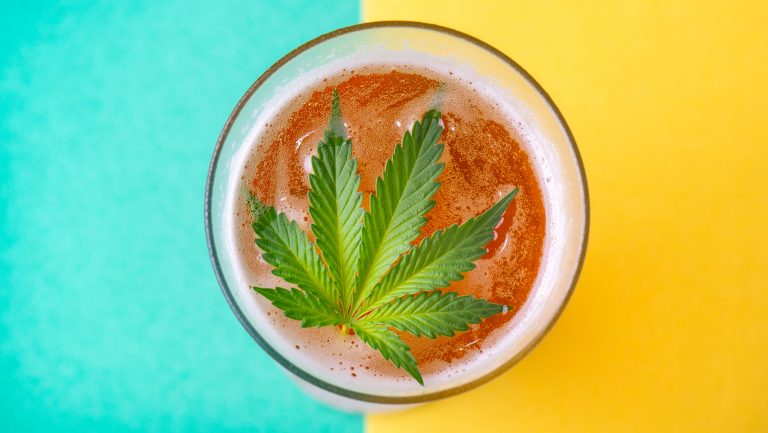
Like a steadily falling domino chain, states are legalizing the recreational use of cannabis. This is opening new sales channels for all kinds of cannabis products, some inhaled, some consumed, and others sipped like seltzers with a psychoactive not-so-secret ingredient.

Don’t miss the latest drinks industry news and insights. Sign up for our award-winning newsletters and get insider intel, resources, and trends delivered to your inbox every week.
While smokable flowers (or buds), edibles, and vapes lead legal sales, there’s a newfound thirst for THC-infused beverages. For now, they account for slightly more than one percent of total cannabis sales, but “beverages are growing and trending up,” says Cooper Ashley, a senior data analyst for Headset, a market intelligence firm in the cannabis sector. “The category has gotten more sophisticated.”
As laws evolve, spirits and wine brands are beginning to produce cannabis beverages, but the most innovation and movement in this space is coming from breweries. Their nimble ability to create high-quality canned beverages is translating to the development of compelling THC-infused seltzers, non-alcoholic beers, and more. From large breweries such as Lagunitas to local players such as Modist in Minneapolis, more and more breweries across the nation are swiftly capitalizing on this unique vantage point and moving into the THC-infused beverage space. [Read more]
4. The Science of Sour Beer
Beer experts dive into the methods and microbes behind this oft-misunderstood category
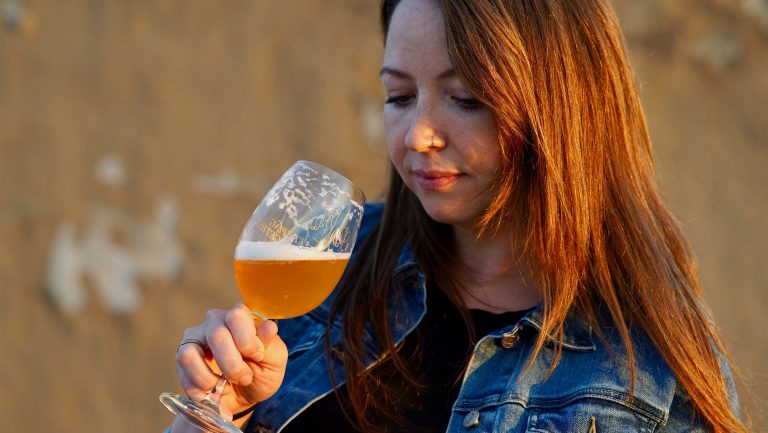
Sipping a sour beer for the first time is a shock to the senses. The category is instantly recognizable thanks to tart, fruity, funky flavors. Yet the intense acidity associated with sour beers today is only one component of a diverse spectrum of sour beer styles and flavors.
What defines sourness is as much a science as it is subjective taste. As Vincent Cilurzo, the cofounder of Russian River Brewing in Santa Rosa, California, writes in the The Oxford Companion to Beer: “[A]cidity is usually considered a flavor fault in modern beers. When speaking of beer, the word ‘sour’ is usually pejorative.” Yet when beers are intentionally soured, he notes, as in Old-World styles or the New-World replications of those styles, “they can be among the most complex and refreshing of beers.”
Generally speaking, sour beer is defined as that which is high in acidity derived from lactic-acid producing bacteria. Technically speaking, it is beer that has been subjected to bacterial infection. In other words, context is key. [Read more]
3. The Secret to Brewing Lagers Without the Wait
Breweries are using kveik, a kind of Norwegian farmhouse yeast, to produce lager-like beers in a matter of days or weeks rather than months
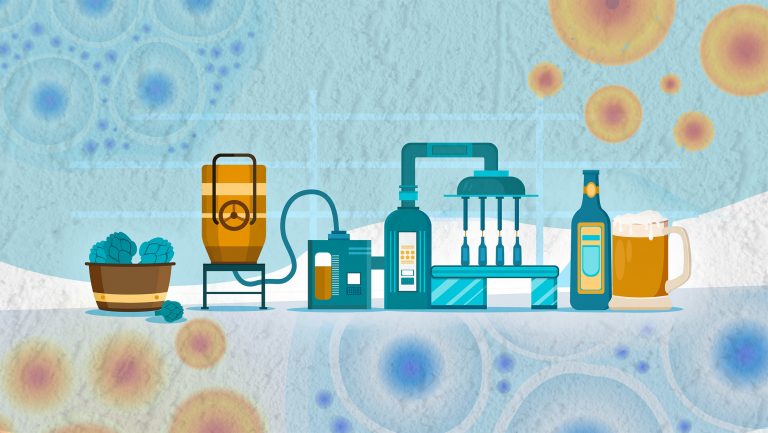
Despite the hazy IPA onslaught, America’s favorite beer style remains the refreshing lager. Seeking wider audiences, craft breweries are making approachable pilsners and light lagers. The trade-off is a production process that can take over a month, crimping production of ales that can be made and sold in just a few weeks. Brewing can boil down to dollars and common sense.
As a workaround, breweries are using fast-fermenting kveik strains to fashion refreshing, lager-like beers in a fraction of the time. “It’s a lower barrier to entry,” says Richard Preiss, a cofounder and the lab director of Canada’s Escarpment Labs, located about an hour southwest of Toronto. “Brewers don’t have to worry about tying up a tank for eight weeks.” [Read more]
2. West Coast IPAs Are Making a Comeback
As hazy-IPA fatigue sets in, breweries across the U.S. are finding success revamping the bitter West Coast style

Throughout the early 2000s, Southern California breweries popularized IPAs that minimized malt richness and supersized citrusy, resinous, and piney hops. Over time, breweries nationwide began making West Coast IPAs with amplified bitterness and alcohol. Around the mid-2010s, Northeast breweries responded with hazy IPAs featuring fruity Citra and Mosaic hops. Bitterness became barely perceptible.
Tu Tu has pleasant bitterness, dank pungency, and a clear appearance, a pointed contrast to most every hazy IPA. With thousands of breweries making a similar version of the smooth, fruity hazy style, “at a certain point, it becomes the same low hum of flavor that blurs together,” says Seventh Son brewmaster Colin Vent. “You want to see that bitterness come back.”
In brewing, as in life, history is repetitive. Hazy IPAs succumbed to familiar patterns of excess and ubiquity, leading breweries to reverse course toward a familiar destination. By revisiting and revamping the West Coast IPA, breweries are finding a little bitterness can be a sweet sales tool. [Read more]
1. The Science Behind Non-Alcoholic Beer and Wine Production
Rising demand for no- and low-alcohol beer and wine is spurring innovation in production methods
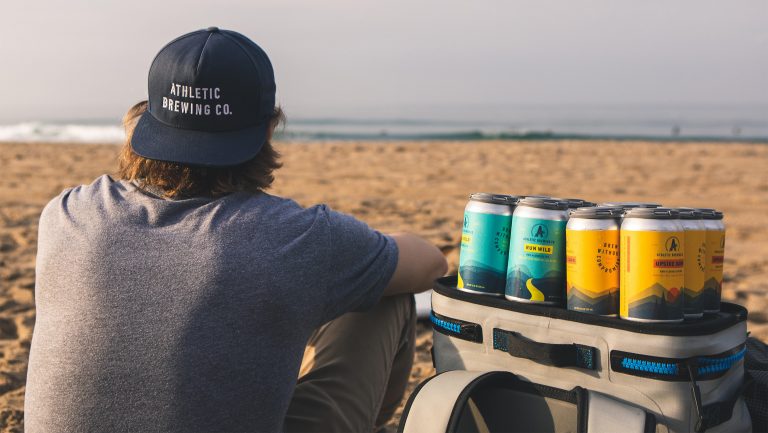
Consumer demand for no- and low-alcohol products is skyrocketing. The industry is responding accordingly by researching more quality-driven production methods and investing in technological innovation across all drinks types, albeit the diverse nature of wine, beer, and spirits means that the average quality of lower-alcohol alternatives tends to fluctuate across categories.
Wine’s flavors and aromas are often supported by a sizable amount of alcohol—typically between 12% and 14.5% ABV—meaning its complete removal has a dramatic impact on the liquid’s texture and overall balance. Beer, on the other hand, starts off with a significantly lower alcohol content, meaning there is simply less to take away to make a lower-ABV product. Furthermore, while wine relies on grape juice as its sole ingredient, beer’s aromas may be enhanced by highly perfumed hops, which can help mask potential off-flavors deriving from the dealcoholization process.
For beer and wine, the array of production methods for removing alcohol is expanding to cater to growing consumer demand for high-quality no- and low-alcohol alternatives. Understanding the evolving science behind these methods offers an opportunity to examine the progress that’s been made for improving non-alcoholic beer and wine, and which category each method is best suited to. [Read more]

Dispatch
Sign up for our award-winning newsletter
Don’t miss the latest drinks industry news and insights—delivered to your inbox every week.

